Home>Gardening & Outdoor>Pool & Spa Care>How To Heat Up Hot Tub
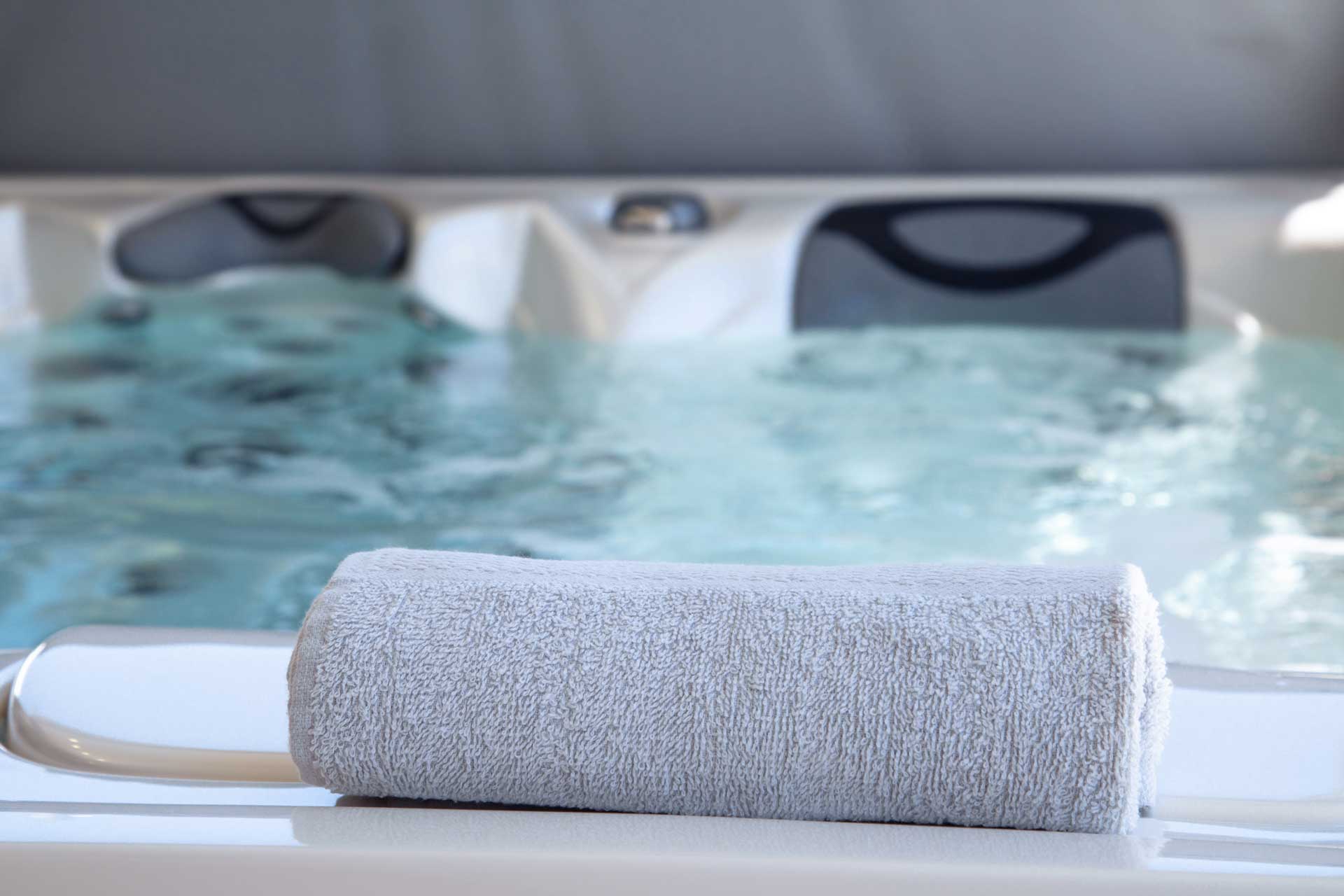

Pool & Spa Care
How To Heat Up Hot Tub
Modified: February 26, 2024
Learn the best tips for heating up your hot tub and maintaining optimal pool and spa care. Get expert advice on temperature control and maintenance. Keep your pool and spa in top condition!
(Many of the links in this article redirect to a specific reviewed product. Your purchase of these products through affiliate links helps to generate commission for Storables.com, at no extra cost. Learn more)
Introduction
Owning a hot tub is a luxurious and relaxing experience, providing a perfect retreat from the hustle and bustle of daily life. Whether it's to unwind after a long day, socialize with friends and family, or simply enjoy the therapeutic benefits, a hot tub offers a myriad of advantages. However, to fully enjoy its comforts, it's essential to ensure that the water is at the perfect temperature. In this comprehensive guide, we will explore the various methods to heat up a hot tub, from traditional techniques to modern innovations. By understanding the safety precautions, choosing the right heating method, and maintaining the temperature, you can optimize your hot tub experience and create lasting memories. So, let's dive in and discover the art of heating up a hot tub!
Key Takeaways:
- Prioritize safety, choose the right heating method, and maintain the temperature to create a cozy and enjoyable hot tub experience for you and your loved ones.
- Whether it’s electric, gas, solar, wood-fired, or heat pump heating, tailor the process to your needs and values for a perfect hot tub oasis.
Read more: Why Is The Hot Tub Not Heating Up
Safety Precautions
Before embarking on the journey of heating up your hot tub, it is crucial to prioritize safety. Here are some essential safety precautions to consider:
- Read the Manual: Familiarize yourself with the manufacturer’s guidelines for heating the hot tub. Each hot tub model may have specific instructions and safety measures.
- Inspect the Equipment: Regularly check the hot tub’s heating equipment, including the heater, thermostat, and electrical connections, to ensure they are in good working condition.
- Proper Ventilation: If using a gas or propane heater, ensure that the hot tub area is well-ventilated to prevent the accumulation of potentially harmful gases.
- Keep the Area Clear: Maintain a clear space around the hot tub, free from any flammable materials or obstructions that could pose a hazard during the heating process.
- Temperature Monitoring: Use a reliable thermometer to monitor the water temperature consistently and prevent overheating, which can be dangerous for both the hot tub components and the individuals using it.
- Child Safety: If children have access to the hot tub, implement appropriate safety measures to prevent unsupervised use, such as securing the cover and setting up barriers or locks.
- Electrical Safety: If the hot tub is powered by electricity, ensure that all electrical connections are grounded and that no wires are exposed to water.
- Chemical Awareness: Be mindful of the chemicals used to treat the hot tub water. Follow the recommended guidelines for adding and balancing chemicals to avoid skin irritation or chemical imbalances.
Prioritizing safety measures not only protects you and your loved ones but also contributes to the longevity and efficiency of your hot tub. By adhering to these precautions, you can enjoy the heating process with peace of mind, knowing that you’ve created a safe environment for relaxation and enjoyment.
Choosing the Right Heating Method
When it comes to heating your hot tub, there are several methods to consider, each with its unique advantages and considerations. Understanding the available options can help you make an informed decision based on your preferences, budget, and environmental factors. Here are some common heating methods to explore:
- Electric Heaters: Electric heaters are a popular choice for hot tubs, offering efficient and reliable heating. They are relatively easy to install and maintain, making them a convenient option for consistent temperature control.
- Gas Heaters: Gas-powered heaters are known for their rapid heating capabilities, making them ideal for quickly raising the hot tub’s temperature. However, they require access to a natural gas or propane supply and proper ventilation.
- Solar Heating: Harnessing the power of the sun, solar heating systems can be a sustainable and cost-effective option for maintaining your hot tub’s temperature, especially in sun-rich environments.
- Wood-Fired Heaters: For those seeking a rustic and environmentally friendly heating method, wood-fired heaters provide a charming and traditional way to heat a hot tub, relying on the natural warmth of burning wood.
- Heat Pumps: Heat pumps utilize ambient air to heat the hot tub, offering energy-efficient operation and consistent performance, making them an environmentally conscious choice.
Consider factors such as your location, available resources, energy efficiency, and the desired heating speed when selecting the right method for your hot tub. Additionally, consulting with a professional or experienced hot tub technician can provide valuable insights into the most suitable heating solution for your specific needs.
By carefully evaluating the heating methods and their respective benefits, you can make an informed decision that aligns with your lifestyle and contributes to an enjoyable hot tub experience.
Preparing the Hot Tub
Before initiating the heating process, it’s essential to ensure that your hot tub is adequately prepared to optimize the heating efficiency and overall experience. Here are the key steps to prepare your hot tub:
- Clean the Hot Tub: Start by thoroughly cleaning the hot tub, including the interior surfaces, filters, and waterline, to remove any debris, dirt, or residue that could affect the heating process or water quality.
- Check Water Level: Verify that the water level in the hot tub is within the recommended range, as inadequate water levels can impede the heating process and potentially damage the heater.
- Inspect the Cover: Ensure that the hot tub cover is in good condition and properly fitted to prevent heat loss during the heating process. A well-maintained cover helps retain the heat and reduces energy consumption.
- Balance Water Chemistry: Test the water chemistry and adjust the pH and sanitizer levels as needed to create a clean and safe environment for heating. Balanced water chemistry promotes efficient heat transfer and prolongs the life of the hot tub components.
- Remove Obstructions: Clear the area around the hot tub of any obstructions or obstacles that could hinder the heating process or pose a safety risk. Ensure that the hot tub’s vents and air intake are unobstructed for proper airflow.
- Check for Leaks: Inspect the hot tub for any signs of leaks or damage that could compromise the heating system or lead to water loss during the heating process.
By diligently preparing your hot tub before heating, you can create an optimal environment for efficient and effective temperature elevation. These preparatory steps not only contribute to a seamless heating process but also help maintain the hot tub’s longevity and performance over time.
To heat up a hot tub, consider using a hot tub cover to retain heat, adding a solar blanket to trap heat from the sun, and using a hot tub heater to quickly raise the temperature. Regular maintenance of the hot tub’s heating system can also help ensure efficient heating.
Heating the Hot Tub
Once your hot tub is properly prepared, it’s time to initiate the heating process. Whether you’ve chosen an electric, gas, solar, wood-fired, or heat pump heating method, the following steps will guide you through the heating phase:
- Set the Desired Temperature: Adjust the hot tub’s thermostat or heating controls to the desired temperature, taking into account factors such as weather conditions, intended usage, and personal comfort preferences.
- Monitor the Heating Progress: Keep a close eye on the hot tub’s temperature gauge or digital display to track the heating progress. Depending on the heating method and initial water temperature, the time required to reach the desired temperature may vary.
- Secure the Cover: Once the heating process is underway, ensure that the hot tub cover is securely in place to retain the heat and prevent heat loss, especially in colder climates or windy conditions.
- Observe Safety Precautions: Throughout the heating process, adhere to the safety precautions outlined in the hot tub manual and the specific guidelines for your chosen heating method to ensure a safe and controlled heating experience.
- Optimize Energy Efficiency: If energy efficiency is a priority, consider strategies such as timing the heating process during off-peak energy hours, maximizing insulation, and exploring alternative heating methods that align with sustainability goals.
Whether you’re eagerly anticipating a relaxing soak or preparing the hot tub for social gatherings, the heating phase sets the stage for an enjoyable and rejuvenating experience. By following these steps and exercising patience as the water gradually reaches the ideal temperature, you can look forward to unwinding in your perfectly heated hot tub.
Read more: How Long For A Hot Tub To Heat Up
Maintaining the Temperature
After successfully heating your hot tub to the desired temperature, maintaining the ideal warmth is essential for uninterrupted enjoyment and convenience. Consider the following tips to effectively sustain the temperature of your hot tub:
- Utilize a Quality Cover: Invest in a high-quality hot tub cover with proper insulation to minimize heat loss and conserve energy. A well-fitted cover acts as a thermal barrier, retaining the heat within the hot tub.
- Implement Wind Protection: If your hot tub is exposed to windy conditions, consider installing windbreakers or utilizing natural barriers to shield the hot tub and reduce heat dissipation caused by strong winds.
- Regularly Check for Leaks: Inspect the hot tub for any potential leaks that could lead to heat loss. Addressing leaks promptly helps maintain the water temperature and prevents unnecessary strain on the heating system.
- Optimal Insulation: Evaluate the hot tub’s insulation and consider enhancing it if necessary to minimize heat transfer to the surrounding environment, especially in colder climates.
- Strategize Heating Cycles: If your hot tub allows for programmable heating cycles, optimize the settings to align with your usage patterns, ensuring that the temperature is maintained efficiently when the hot tub is not in use.
- Monitor and Adjust Settings: Regularly monitor the hot tub’s temperature and adjust the heating settings as needed to compensate for external factors such as ambient temperature changes and seasonal variations.
By implementing these strategies, you can sustain the optimal temperature of your hot tub, providing a welcoming and comfortable environment for relaxation and rejuvenation. Consistent temperature maintenance not only enhances your hot tub experience but also contributes to energy efficiency and cost savings over time.
Conclusion
Heating up a hot tub is a fundamental aspect of ensuring a delightful and inviting experience for you and your guests. By prioritizing safety precautions, choosing the right heating method, preparing the hot tub, executing the heating process, and maintaining the temperature, you can elevate your hot tub experience to new heights of comfort and relaxation.
Embracing the art of heating a hot tub involves a blend of practical considerations, environmental awareness, and a touch of personal preference. Whether you opt for the efficiency of electric heaters, the rapid warmth of gas heaters, the sustainability of solar heating, the charm of wood-fired heaters, or the eco-consciousness of heat pumps, the choice is yours to tailor the heating process to your unique needs and values.
As you embark on the journey of heating your hot tub, remember that safety, efficiency, and enjoyment go hand in hand. By maintaining a clean and well-prepared hot tub, monitoring the heating process, and implementing temperature maintenance strategies, you can create a welcoming oasis that beckons you to unwind and savor moments of tranquility.
Ultimately, the art of heating up a hot tub is not merely about raising the water temperature; it’s about cultivating an environment where warmth, relaxation, and rejuvenation converge. Whether it’s a quiet evening under the stars or a lively gathering with loved ones, your perfectly heated hot tub sets the stage for unforgettable experiences and cherished memories.
So, embrace the journey of heating your hot tub with care, consideration, and a touch of creativity, and let the warmth of your oasis become a beacon of comfort and joy in your everyday life.
Frequently Asked Questions about How To Heat Up Hot Tub
Was this page helpful?
At Storables.com, we guarantee accurate and reliable information. Our content, validated by Expert Board Contributors, is crafted following stringent Editorial Policies. We're committed to providing you with well-researched, expert-backed insights for all your informational needs.
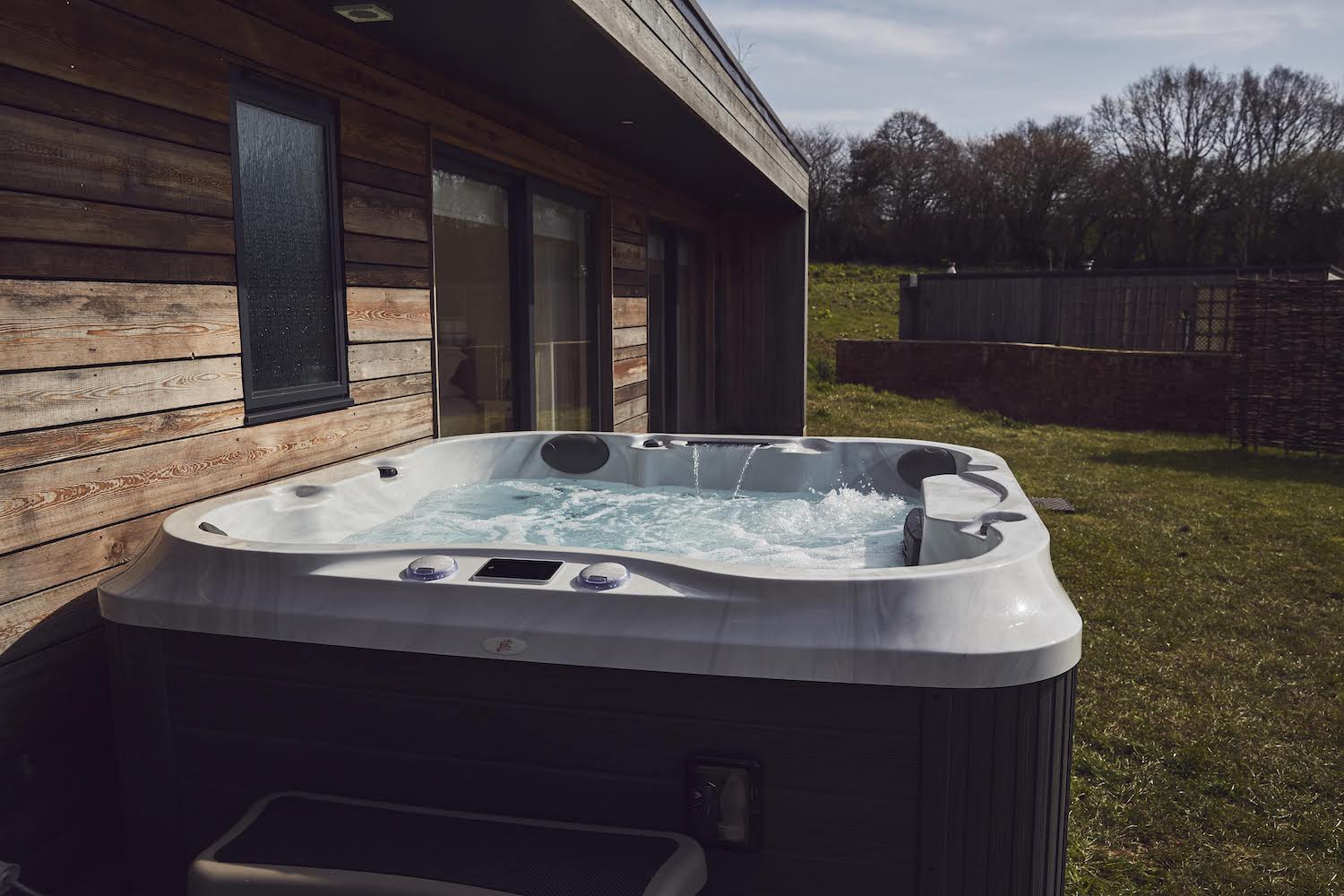
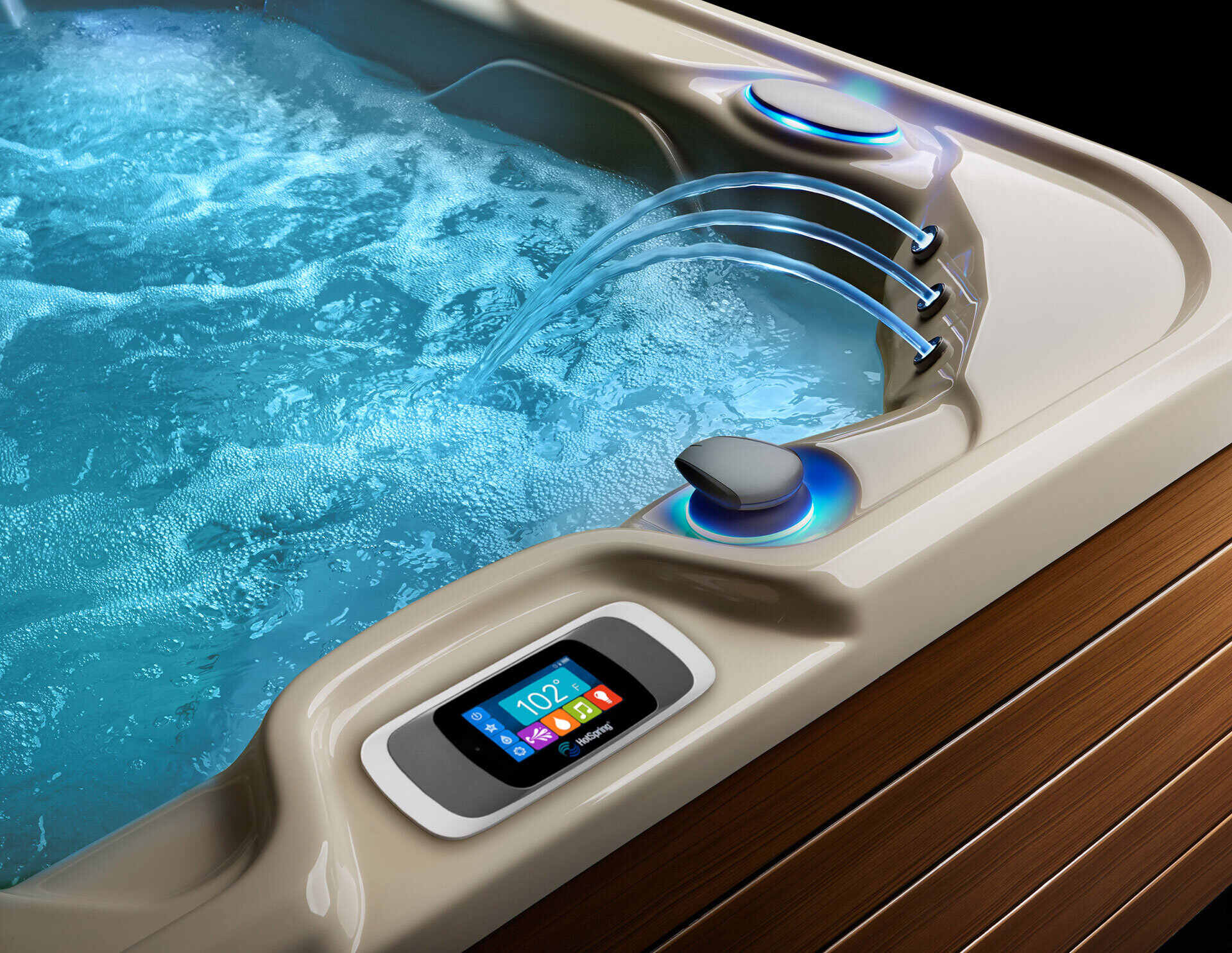
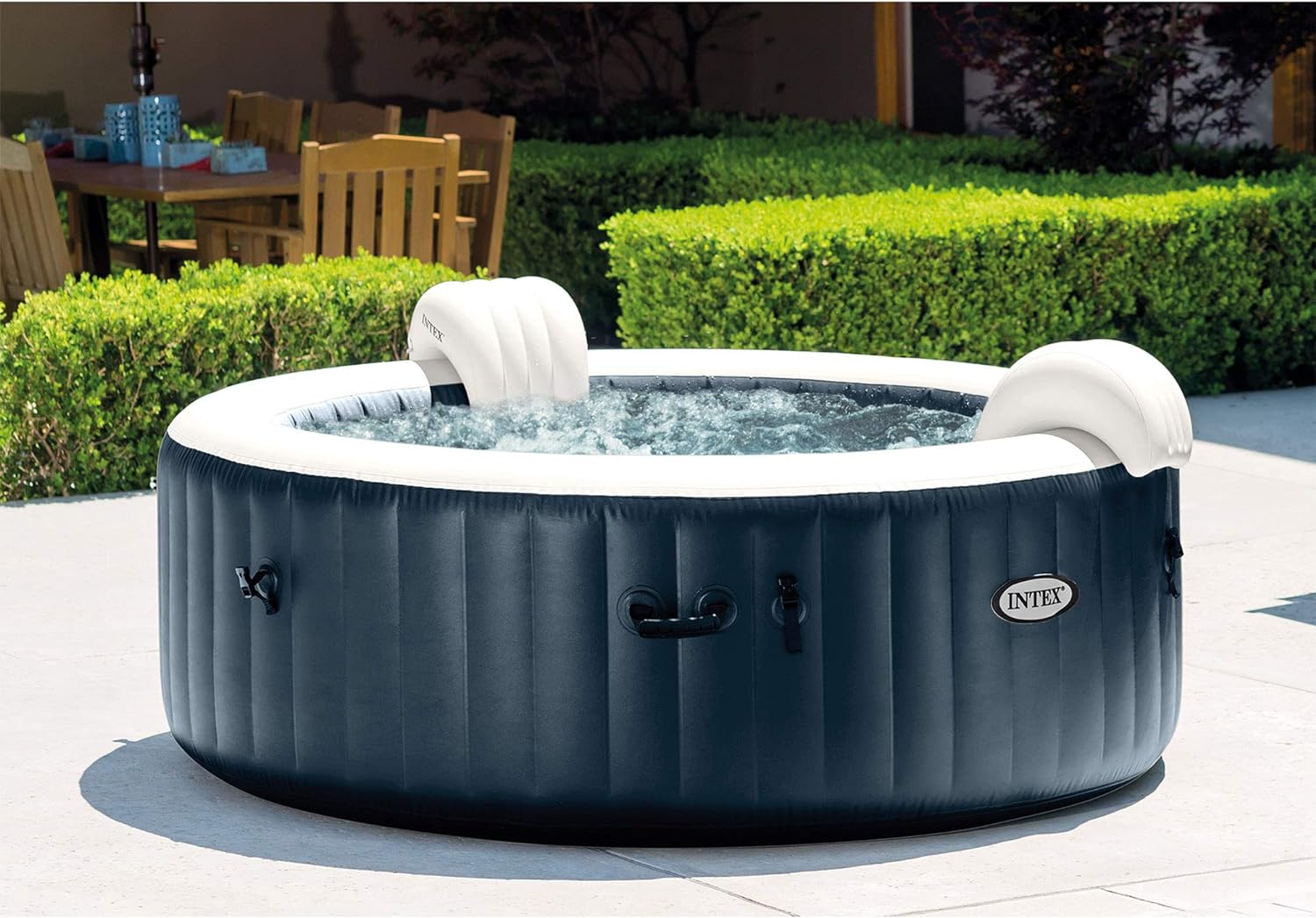
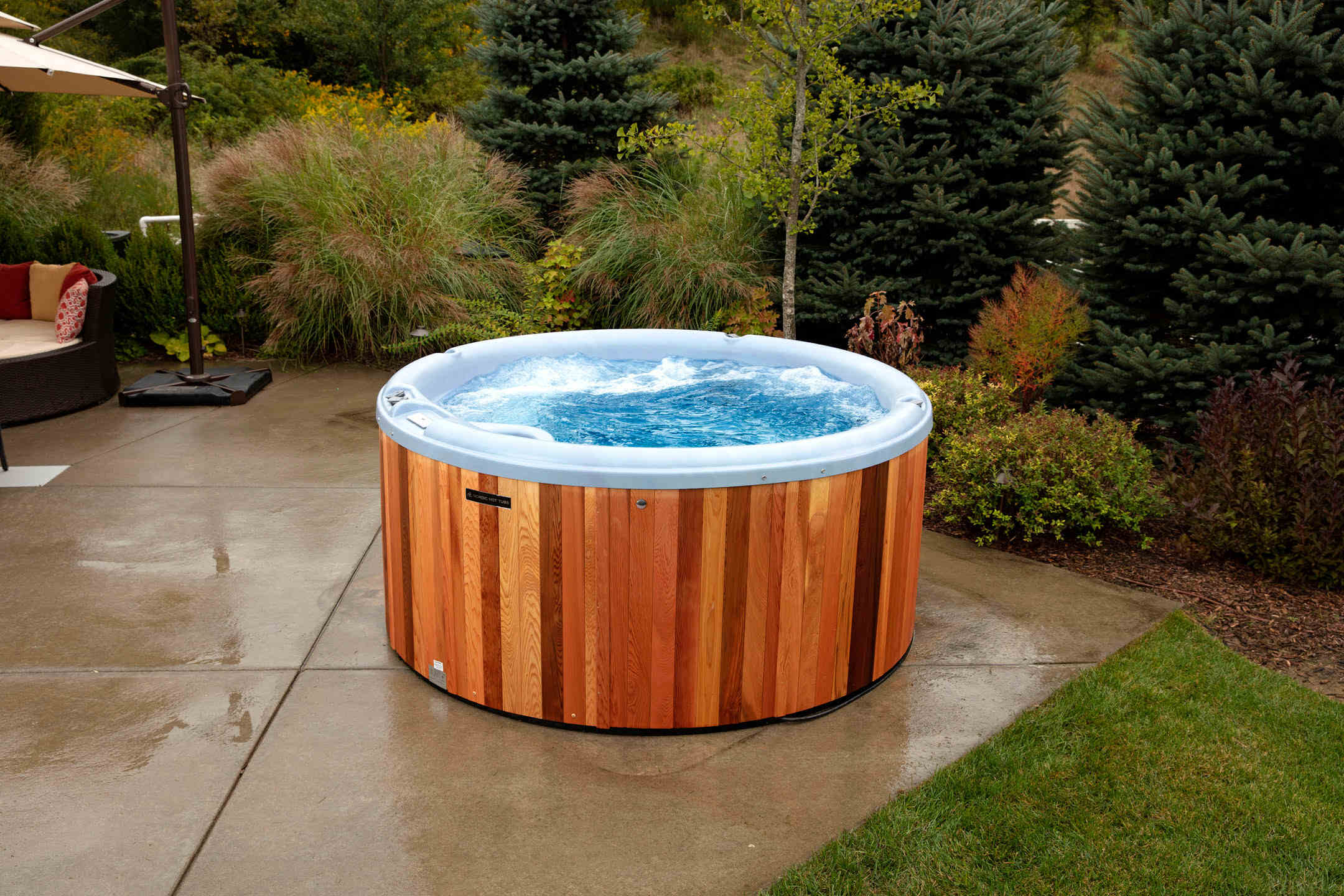
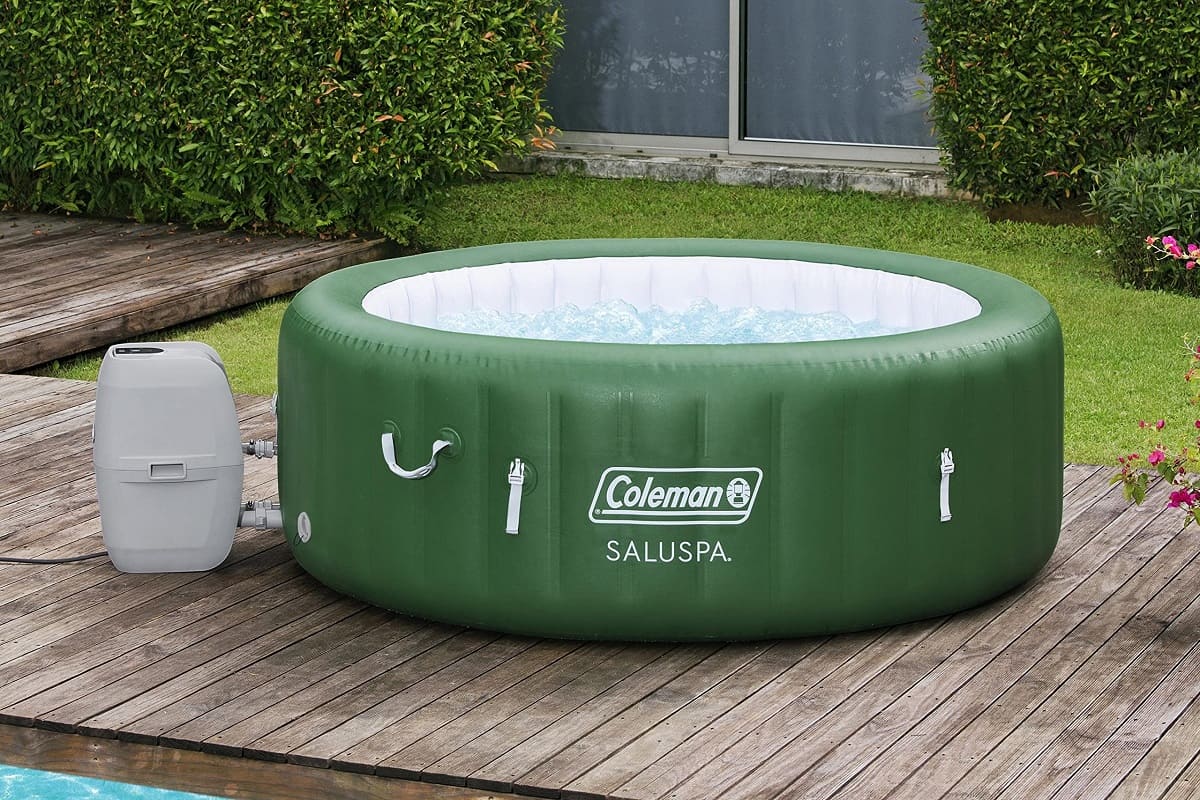
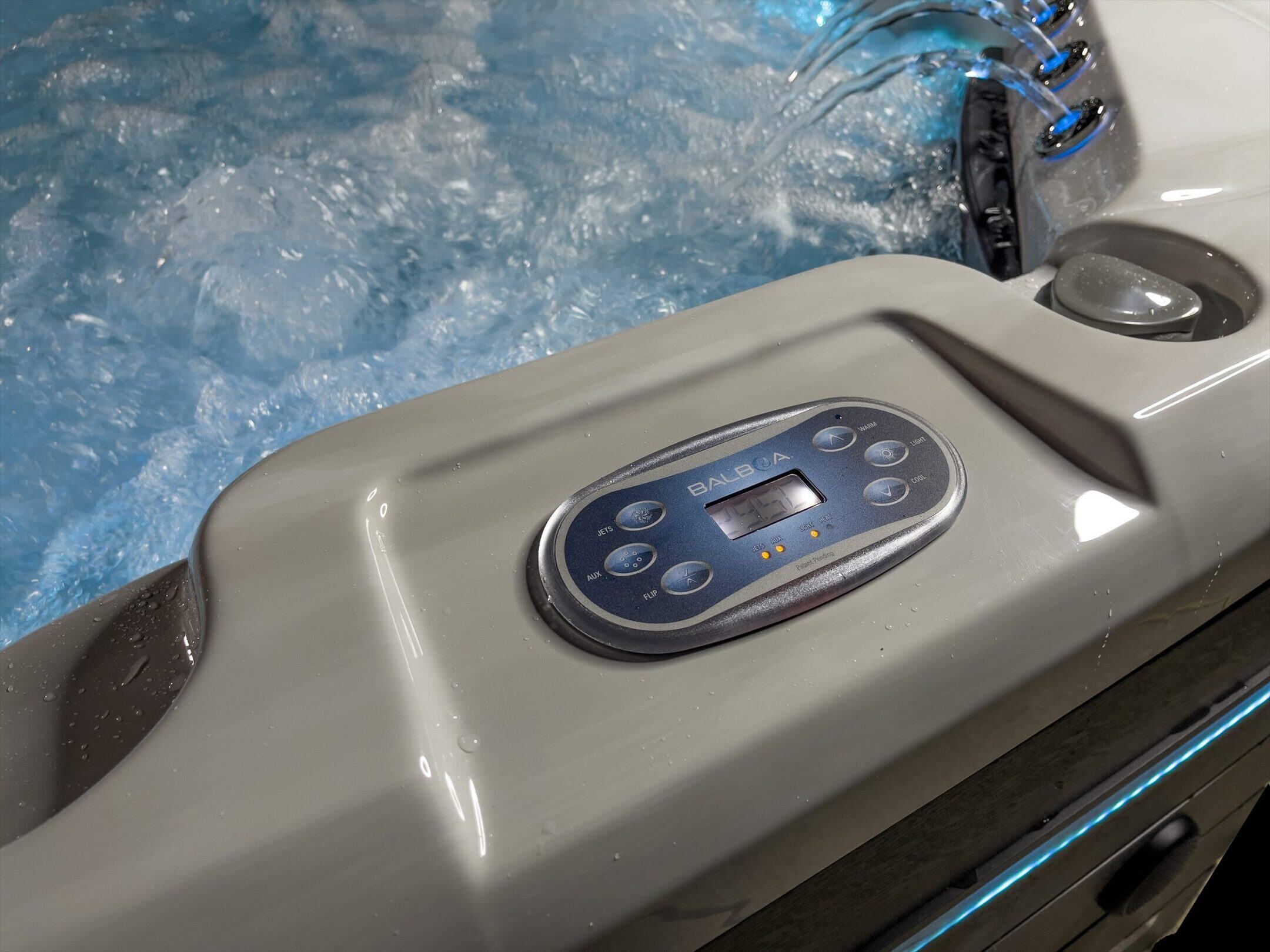
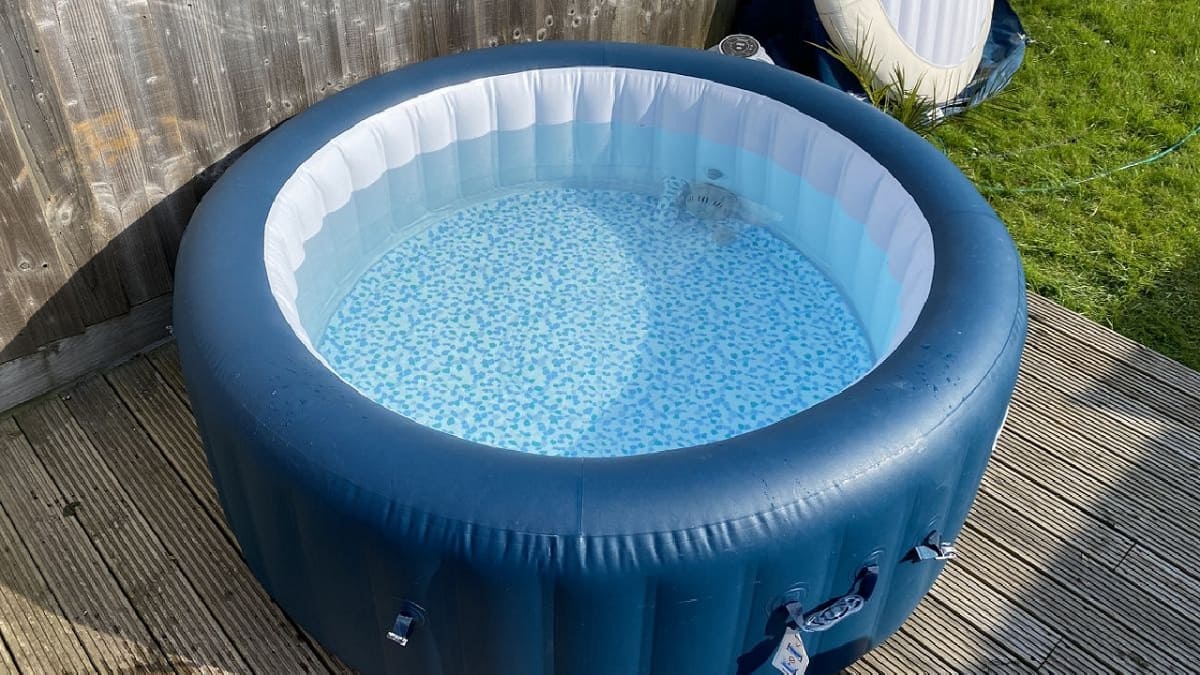
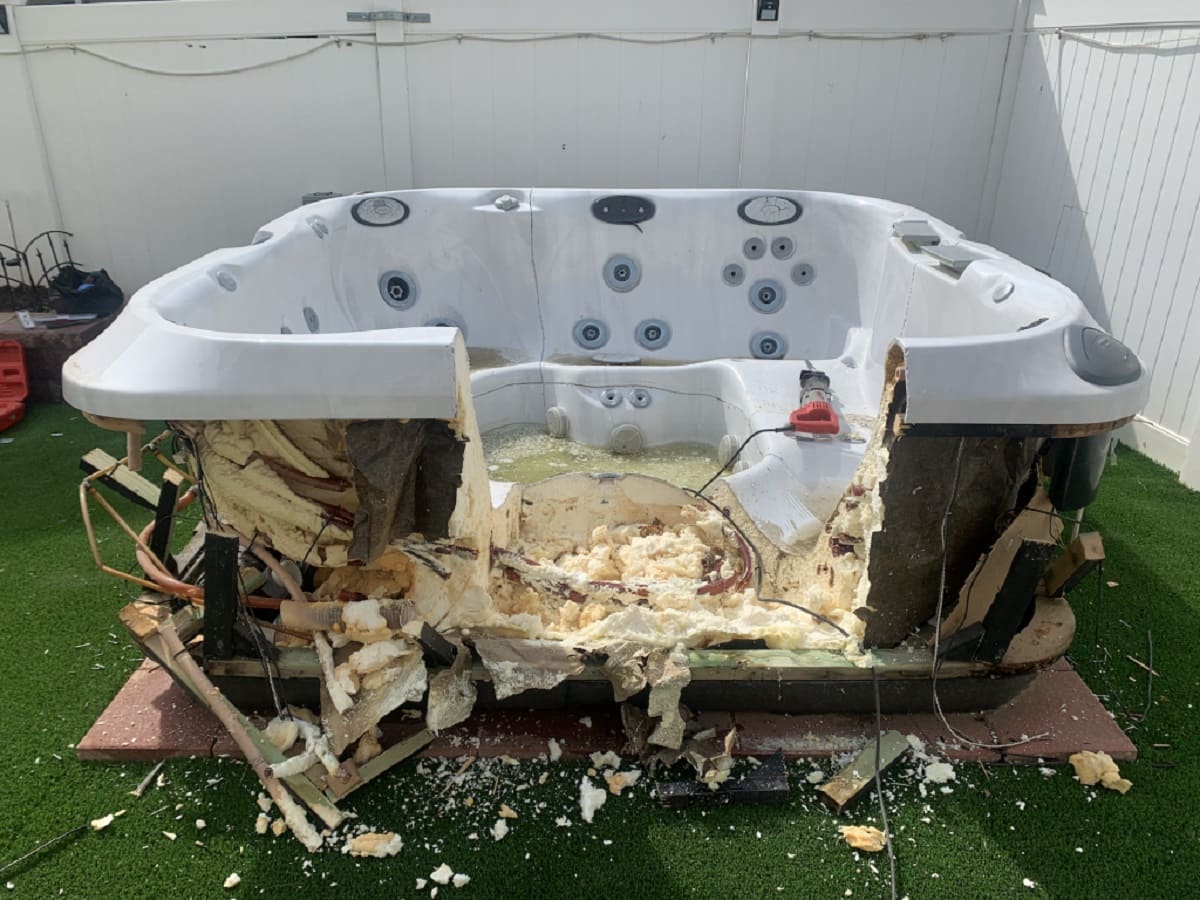
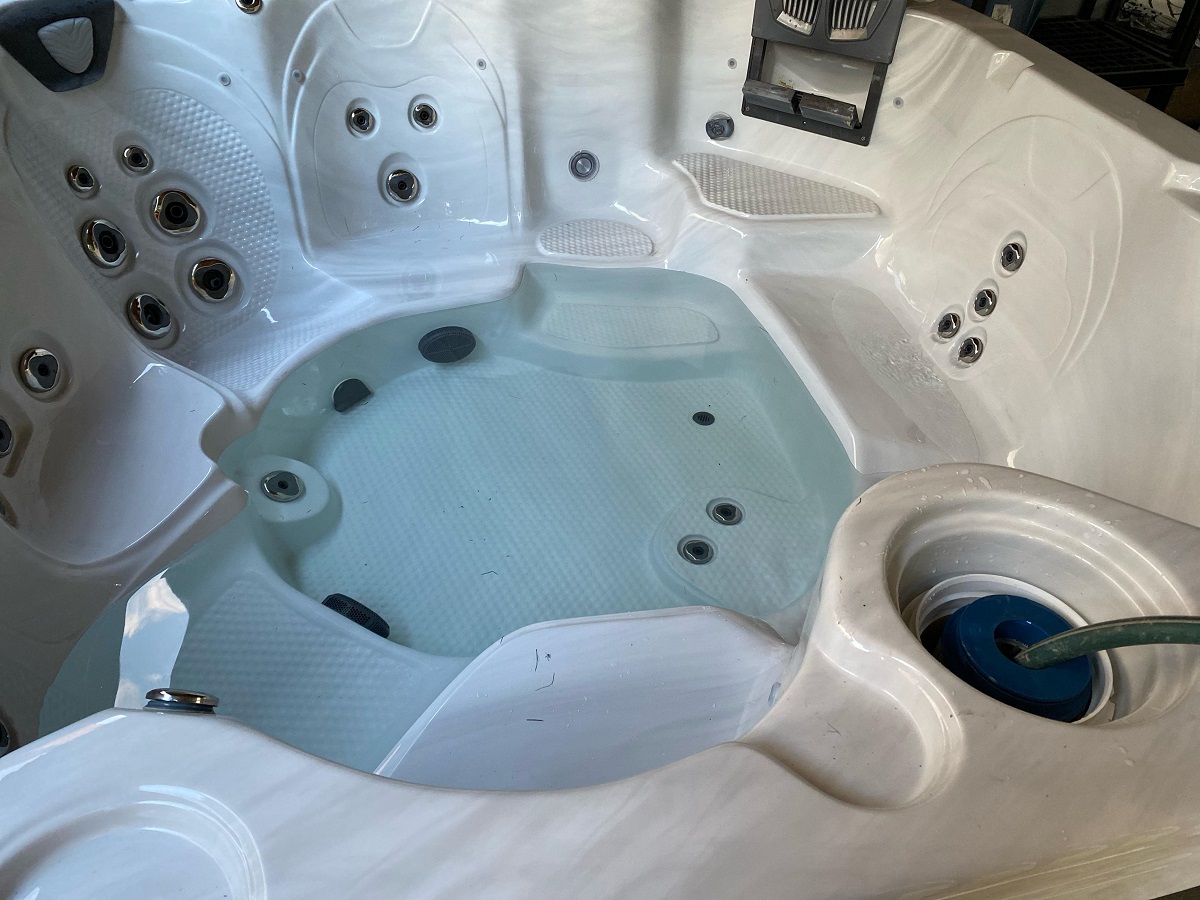
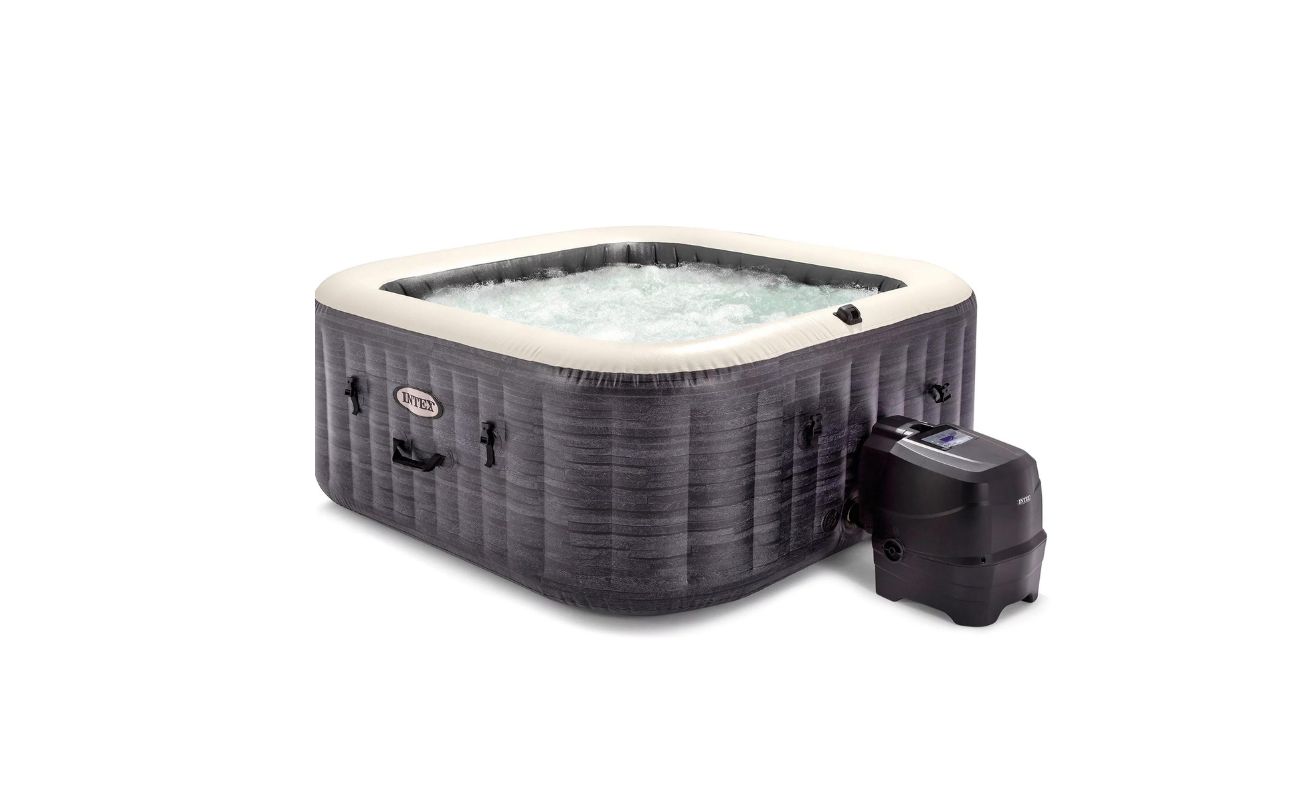
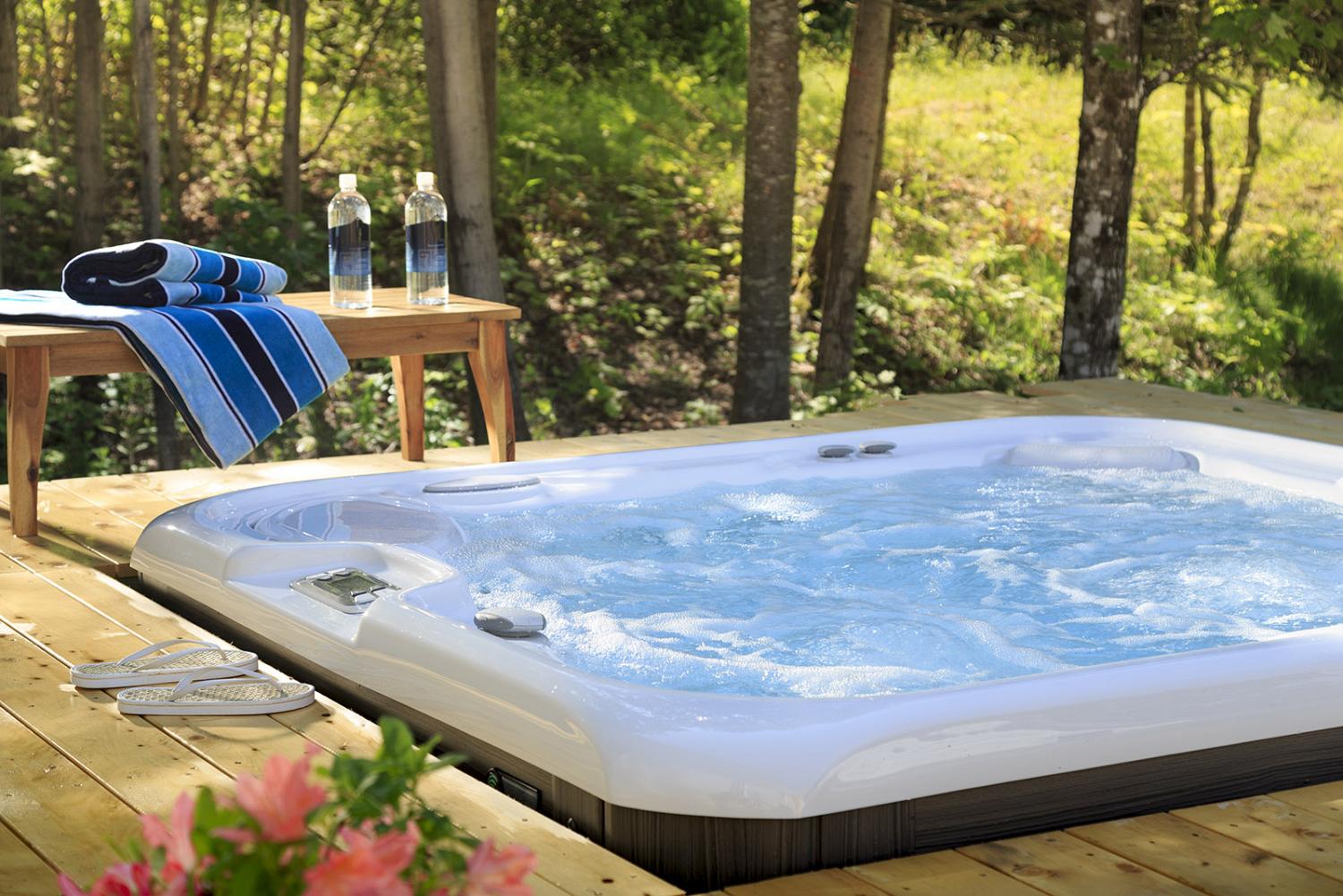
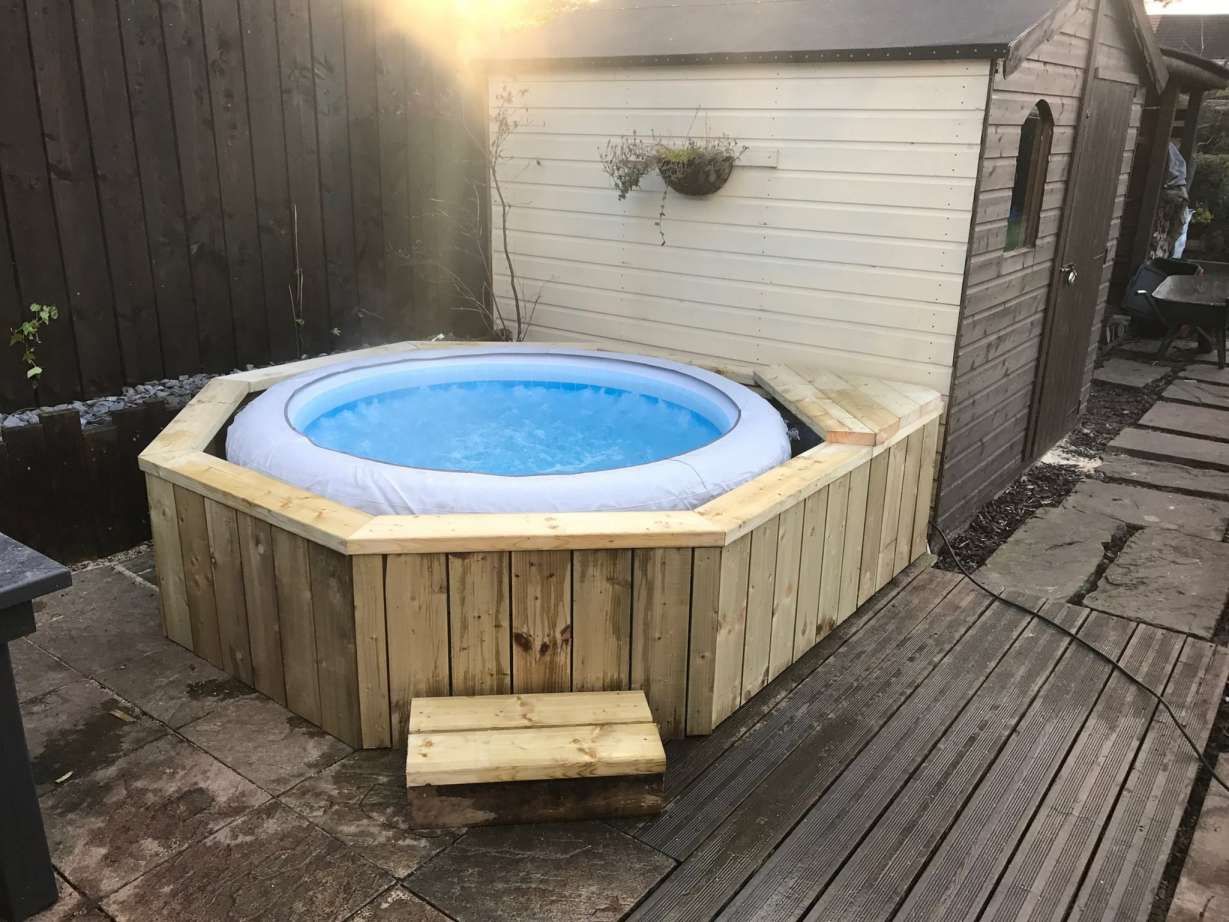
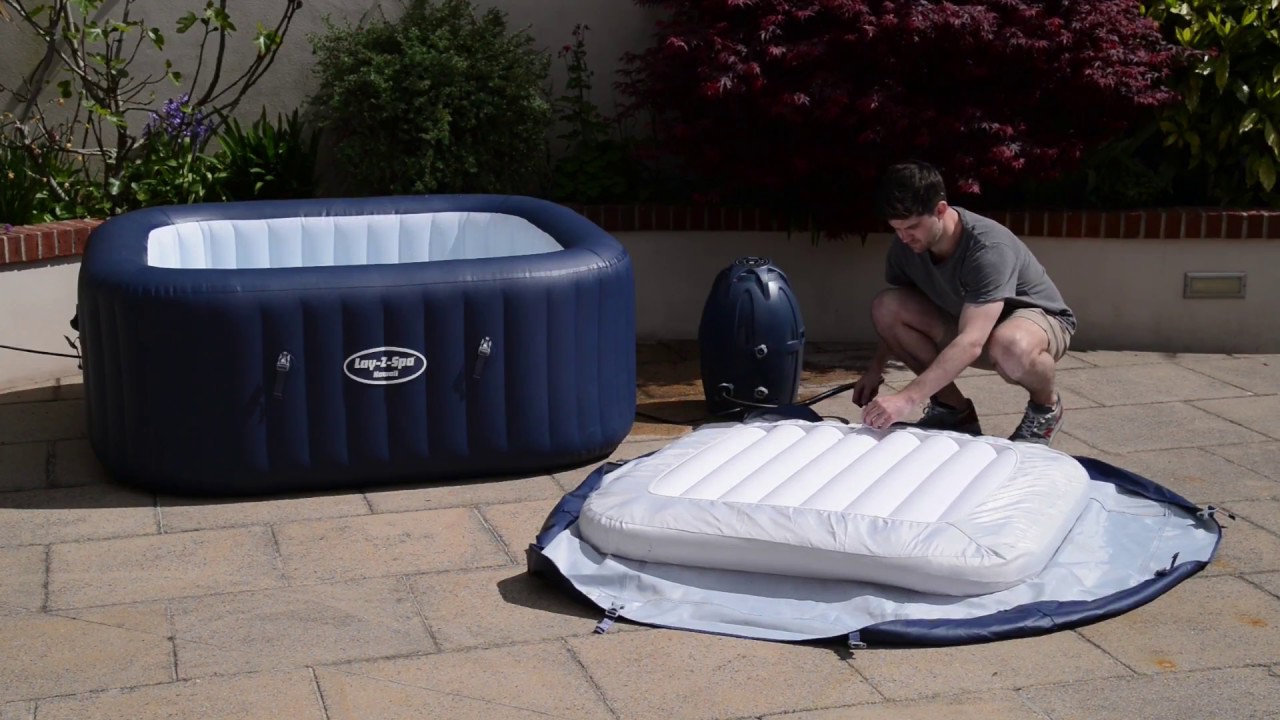
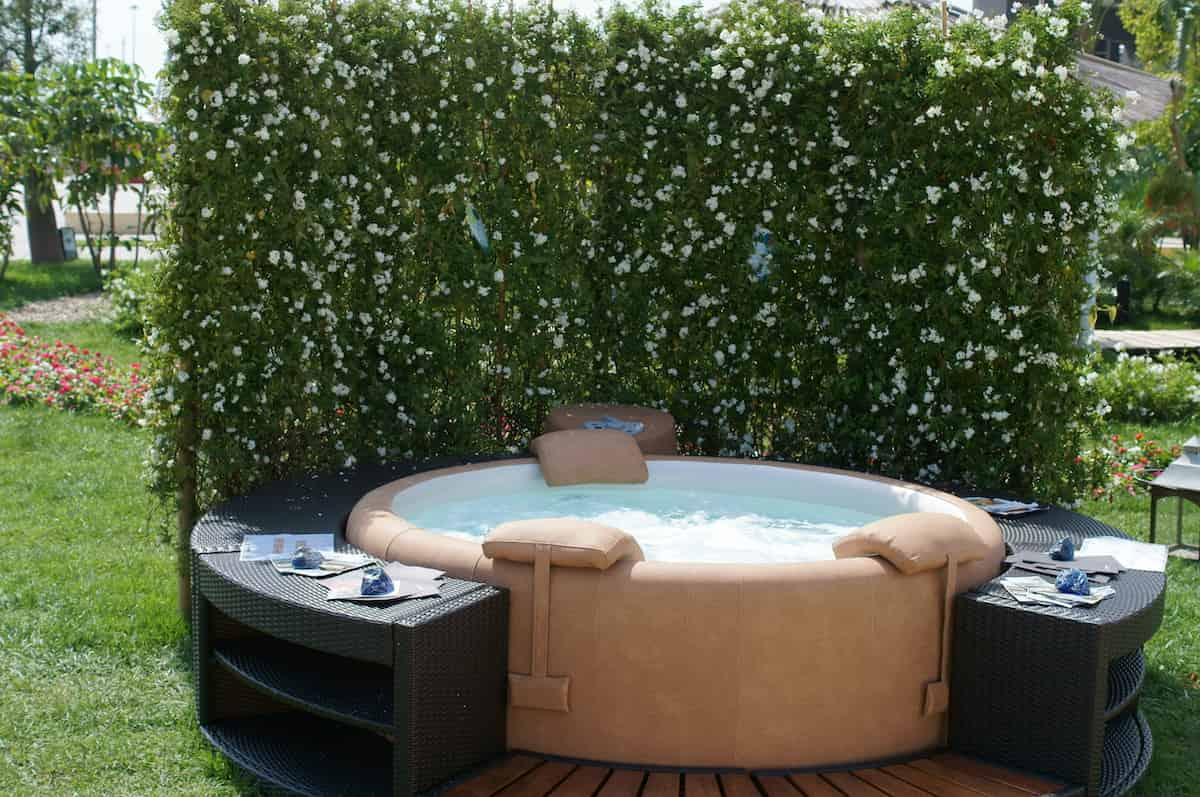

0 thoughts on “How To Heat Up Hot Tub”